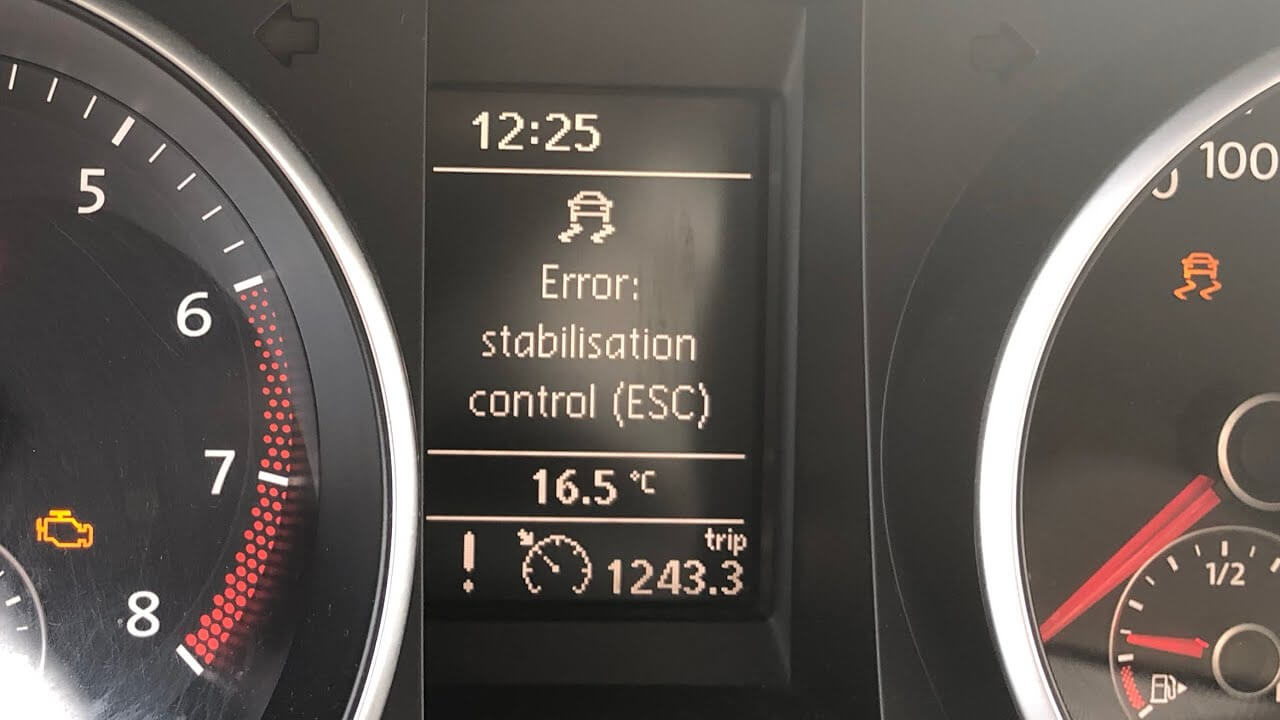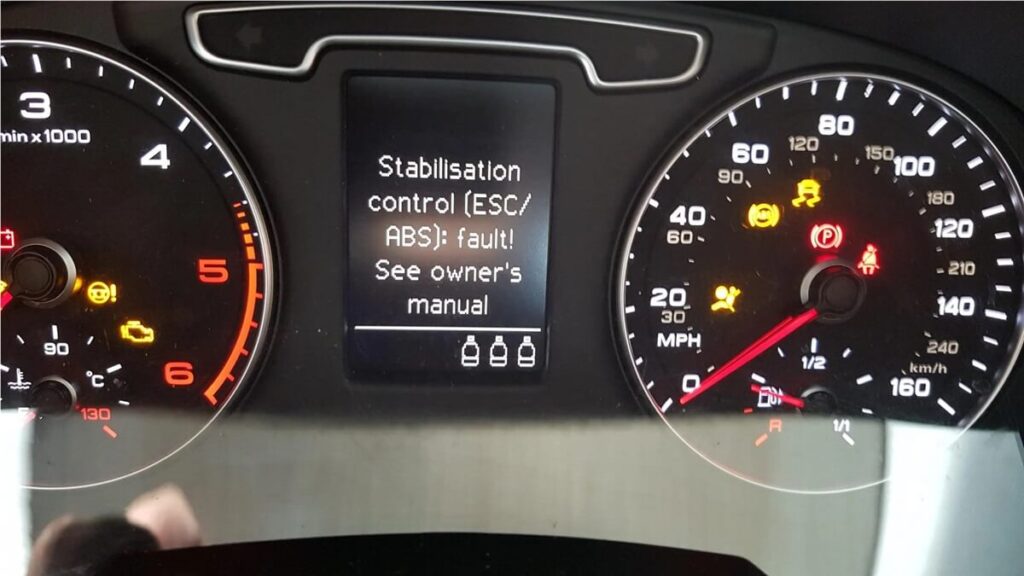Audi has set high standards in the automotive industry and is known for its dedication and commitment to innovation and cutting-edge automotive technology. The basic component that plays a major role in Audi’s driving experience is the “Stabilization Control System”.
Being a complex system may encounter certain faults that need to be overcome to ensure safety and optimal performance. This system is designed to help the drivers control the vehicles during unpredictable conditions. We will examine the complexities of ESC in Audi models like A1, A3, A4, A5, Q3, and A7, the function of ABS in stability control, frequent problems, and workarounds in this extensive tutorial.
Overview of Audi Stabilization Control System
The Stabilization Control System of Audi is generally referred to as “ Electronic Stability Control ( ESC) Audi or Anti- Lock Braking System( ABS) Stabilization Control. This system mainly comprises a network of sensor and electronic devices that monitors the vehicle in case of any loss of control or skidding thereby ensuring vehicle stability and safe driving.

This basic function of ESC is to look at several vehicle parameters such as wheel speed, lateral acceleration, and steering input. If it notices the sudden loss of track or control, it immediately applies individual brakes to the affected wheels and brings the vehicle in its correct direction.
The ESC Audi and ABS stabilization control are often synchronized in Audi models like A1, A3, A4, A5, Q3, and A7. This collaboration helps to maintain braking system efficiency during challenging driving conditions for example during adverse weather conditions or on slippery surfaces.
ABS Stabilization Control in Audi:
ABS Functionality:
ABS also functions to prevent the wheel from slipping when acceleration is applied, as a result, the vehicle will have a sharp grip on the road and will ensure safety and optimal performance.
Common ESC Faults in Audi Models:
1. Sensor Malfunction:
The functionality of ESC primarily depends on its sensors. The stabilization control system comprises a combination of sensors including wheel speed sensors, steering angle sensors, and yaw rate sensors, if any sort of fault appears in any of them the functionality of ESC Audi will be affected and it will show errors in data interpretation and stability control.
2. Power Supply Issues:
Electronic systems function best if enough power is supplied to them. If voltage fluctuation or power supply failure occurs then ESC functionality will be negatively impacted and the stabilization control system will be faulty.
3. Software Glitches:
ESC uses complex software algorithms to operate. Incorrect calculations and control commands can be caused by software bugs or outdated code, which might impair the system’s stability.
4. Electronic Component Failure:
The electronic components of ESC comprise a control unit and other associated electronics. If any of the components is damaged then coordination within the stabilization control system is affected and the system may not respond promptly.
Audi A3, A4, A5 ESC Error Messages:
When the stabilization control system of Audi senses some sort of error then it shows some messages on the system that is a signal to take precautionary measures as soon as possible. Some of the error messages are as follows:
1. Dashboard Warnings:
Audi models such as A3, A4, A5, etc show some warning lights on the dashboard if a sudden fault occurs in the ESC system. These display signals may include, an ESC indicator, ABS indicator, or other error symbols, it is an indication for you to make an immediate move.
2. Diagnostic Trouble Codes:
ESC Audi issues specific diagnostic trouble codes in case of any fault. These tools direct the technician by helping him locate the area of fault and type of malfunction during the troubleshooting process.

3 Ways to Fix Audi Stabilization Control Fault:
If a certain fault occurs in the system, the next step is to diagnose the possible reasons behind the malfunction so that one can resolve them later on. Mentioned below are some of the ways to resolve ESC faults.
1. Diagnostic tools and Scanners:
Certain diagnostic tools and scanners within the control system are used to resolve special faults. They communicate with the vehicle onboard the computer and help technicians locate the cause and origin of the fault.
2. Software Updates
Software updates are generally issued by the manufacturers to address the bugs in the system and improve its efficiency. When we update the ESC software it shows that the vehicle is working on the latest algorithms and fixing bugs etc.
3. Calibration and Programming:
Calibration of the ESC system is necessary once you have replaced or repaired the components. This step helps in recording optimal system performance and data interpretation
Conclusion:
The stabilization control system of Audi models like A1, A3, A4, A5, Q3, and A7 comprises ABS and ESC that work parallel to each other to ensure the safety and performance of vehicles.
By following all these steps Audi enthusiasts can add to a safe and joyful driving experience by ensuring a long lifespan and optimal performance of the ESC system.


![[Solved] Audi Stabilization Control Fault: What To Do? Audi Stabilization Control Fault](https://carstale.com/wp-content/uploads/audi-stabilization-control-fault-1024x457.jpg)